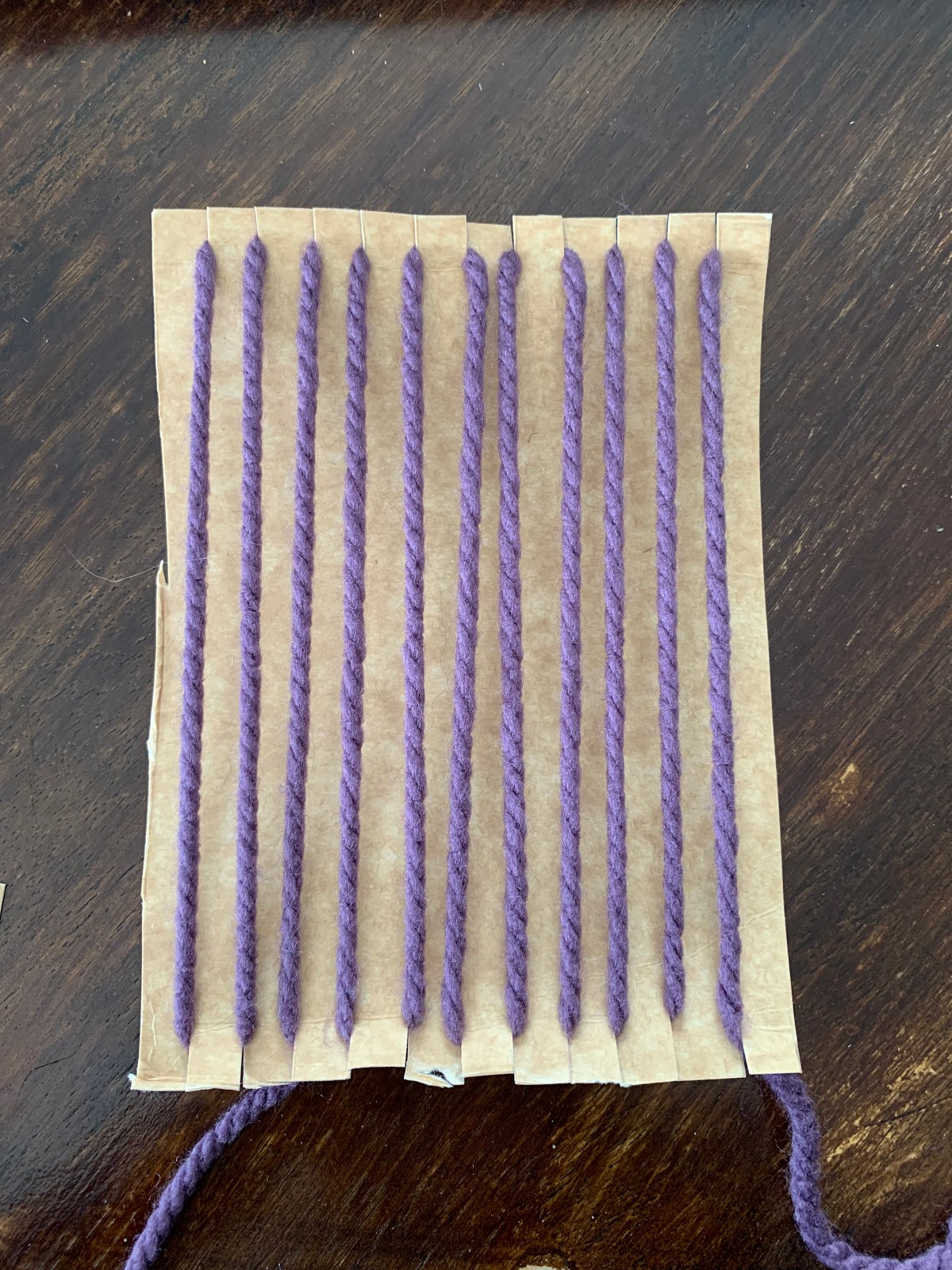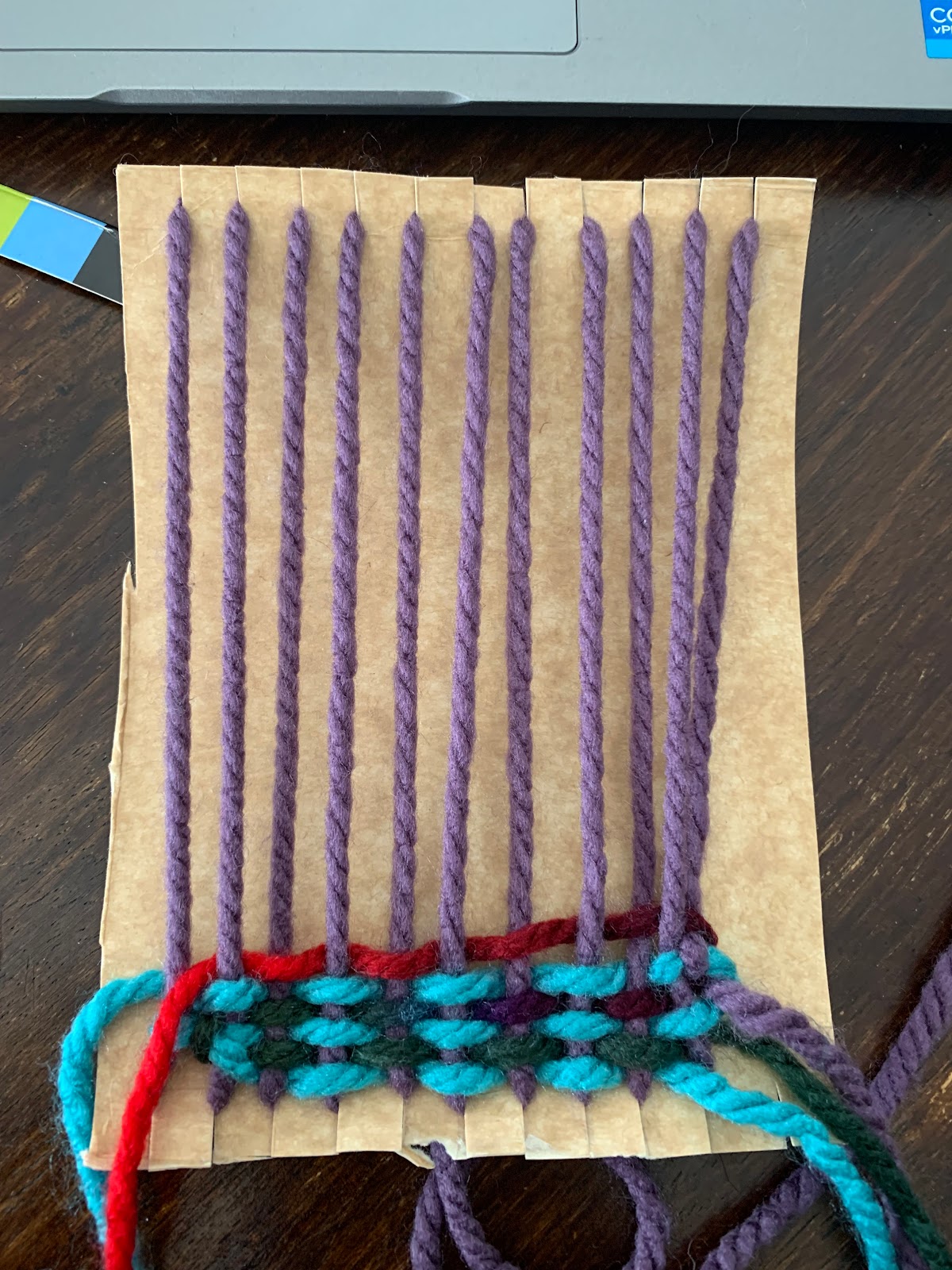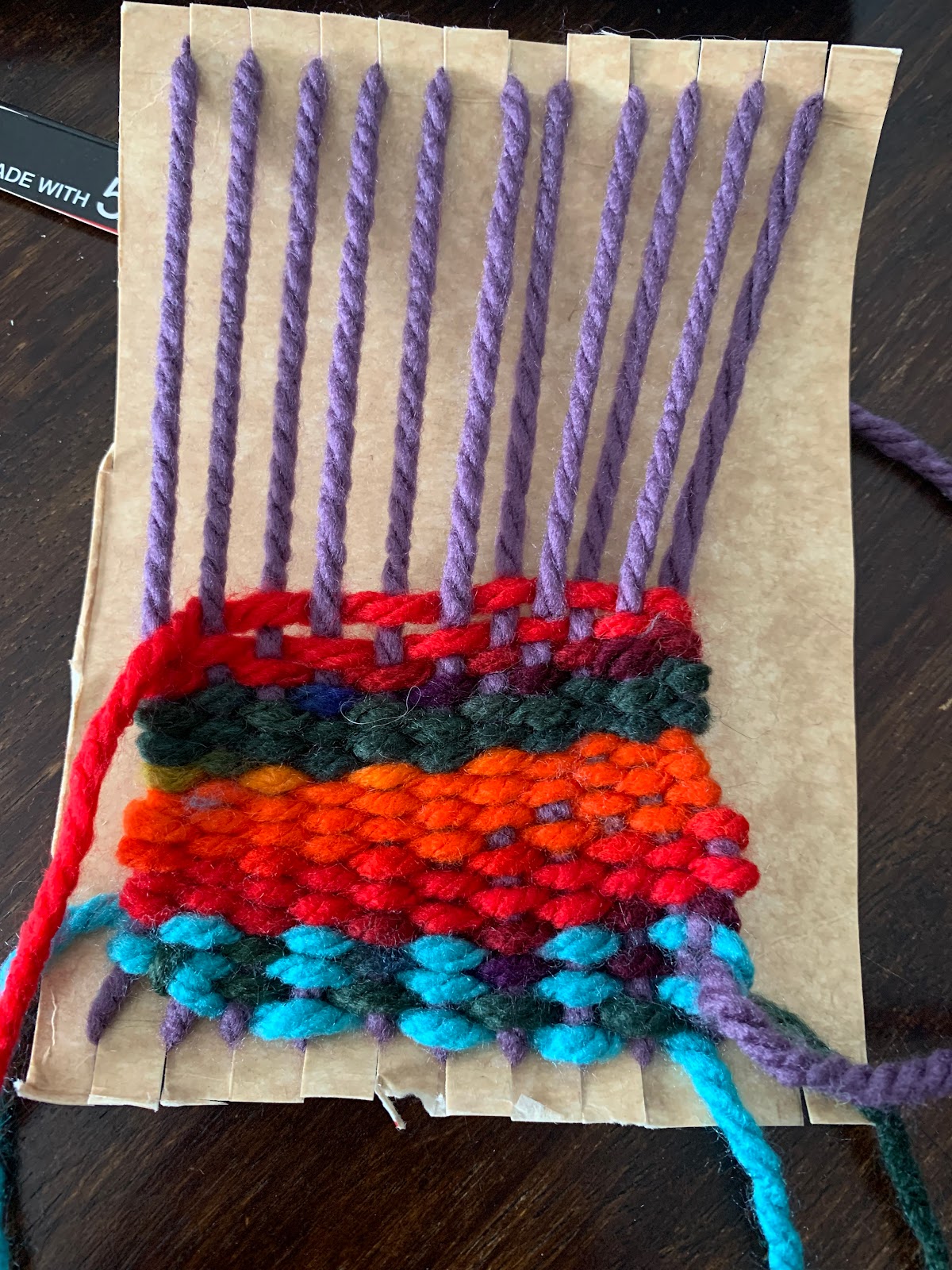Kallis, S. (2014). Building for Change from the Ground Up. In Common threads: Weaving community through collaborative eco-art. essay, New Society Publishers.
- How can we teach students to ask the questions about where their items are coming from when they have the power to purchase whatever they want at the click of a button?
- What are some other ways aside from school gardens that we can teach and encourage students to relearn these lost skills and make things for personal use?
Knowing that this 'activity' has been done for tens of thousands of years is empowering, doing the craft made me "really appreciate how lovely and skilled these technologies are" (Jerofsky, 2024). I think it is fun that we are able to continue on these crafting techniques and teach younger generations about them. Learning these skills allowed me to see the skill and concentration that many generations have gone through to learn. These crafts must have true integrity to be able to withstand and be passed on for so many years, I wonder how long they will continue to be learned and passed on.
As I was trying the braiding I was able to see the patterns and counting involved in the movements. For the four stranded braid there was a clear over under, under over pattern. With the seven strand braid, while this one was less natural for me, I could count the under one over two pattern on each side.
I currently work in classrooms of all ages in four different schools so don't have my own group of students. I have seen some quite complex mathematical ideas associated with braiding (like this or this). I was thinking about how braiding could be used in an elementary classroom aside from looking at patterns and I thought about skip counting. Students could braid and count each time they put the left strand over.
Connecting to a larger project idea for upper elementary, students could braid old fabrics together and make rugs or sleeping mats. These could connect to a social justice project as well and students could give away the sleeping pads to those experiencing homelessness. These could also be made into dog beds for animal shelters or students could even make braided sit spots for their classrooms outside explorations. In each of these activities the students would need to calculate how much materials they would need and how large they need their mat or rug to be.
While I didn't try the upcycled activity this week, it reminded me of when I was in grade 5/6 and we participated in a project where we were to take recycled or items that couldn't be used again and made them into something new. Like in the introduction we were tasked "to make useful and delightful things from what would otherwise have been considered waste." This is something that I still remember today and I still have the project that I made, it is a great way to connect to Earth day and allow students to see the ways that they can use objects that are often considered garbage or useless.










